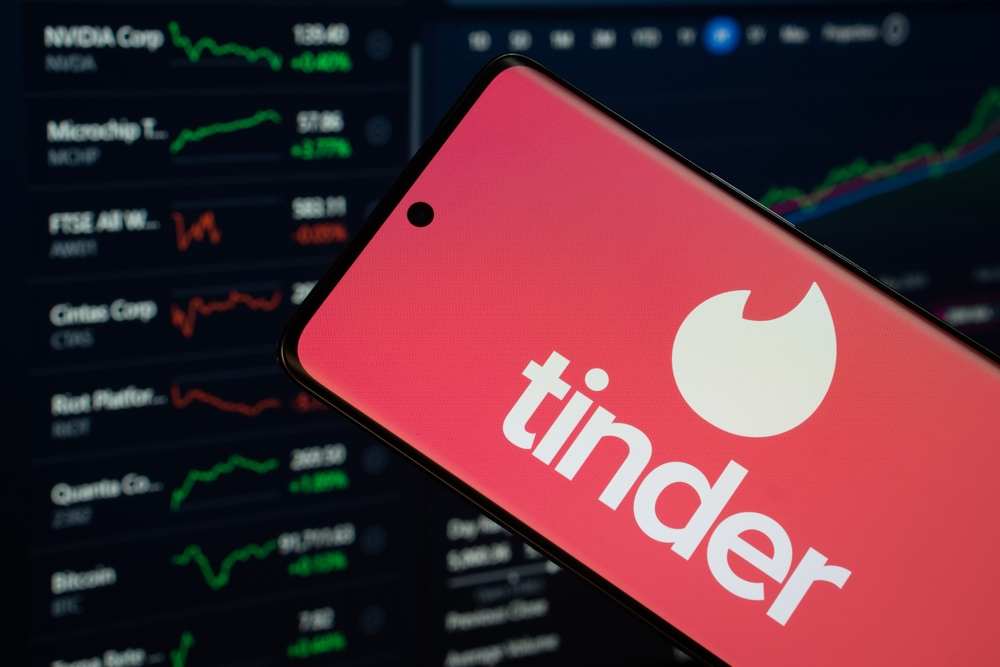Recently we published our quarterly earnings review that outlines what Apptopia’s data saw that Wall Street did not. Having been a professional investor in public equities around the globe for 15 years, I know all too well the challenges, pitfalls, excitement, and disappointments that come with investing in stocks. That is why sharing our research (like the earnings review) is rewarding to me – it helps address one of the biggest frustrations I had over my career as an investor: the asymmetry of information. This is the first in a series of posts about the considerations for using alternative data in public equity investing.
While public companies only release information quarterly, Apptopia provides its data daily. When my team identifies a correlation between an airline’s mobile app downloads and its passengers, investors are no longer in the dark about how the underlying business of the stocks they are invested in are performing on a day-to-day basis.
Mobile data is becoming more powerful as our lives become more mobile, but it’s not the end all. One set of data hardly ever is. A key part to investing is Mosaic Theory – bringing together multiple data points to reach a conclusion about a company or stock. When investors ask about which alternative data is the best or most relevant today, the answer is usually “all of the above”.
Consider what an investor has to gain by combining, for example, mobile data and credit card data.
1. Stronger Conviction about Overall Company Performance
If both datasets – mobile and credit card – point towards a company’s business picking up, an investor can be much more confident in the signal provided by the data. A win.
On the other hand, if signals conflict, it indicates a need to dig deeper into what is actually happening with that company and why there is a conflicting message from the data. Also a win.
2. Granular Answers on Business Units and Product Investments
Mobile data gives deep insight into customer activity, answering, “How much are they interacting with a company’s product?” However, it does not put a price on that activity. For example, a user could engage with Wayfair’s app a lot by browsing for furniture, but not actually buy something.
On its own, credit card data answers, “How much and how often are consumers willing to spend on a company’s product?” Some investors may think that’s enough. But something like brand interaction (browsing the app) before and after purchases indicates intent – which is stronger than convenience (gleaned from location data). Mobile data and credit card data also piece together a timeline of customer lifecycle which can help investors to measure return on investment in product development or campaigns that CEOs often brief them on during earnings.
3. Signals for Stocks across All Industries
In the example above for getting granular answers, it’s clear that one dataset takes the lead. Mobile data will of course have stronger correlations with mobile companies like Coinbase [NASDAQ:COIN] and Robinhood [NASDAQ:HOOD] that process in-app transactions, or internet companies with their own currency, like Roblox [NYSE:RBLX]. Credit card data will reveal more about the day-to-day of physical businesses where they are used at the point-of-sale. If an investor only references one type of alternative data, they cannot deliver the same quality insight on a diverse portfolio.
Other Alt Data Types
Mobile and credit card data are just two types of alternative data that I chose to highlight. Next week I will be speaking alongside other alternative data providers from the companies below in a panel discussion about finance professional use cases, as well the recent popularity and future of alternative data.
– Please Select -Making money with appsInvestment researchSales / lead generationOther





